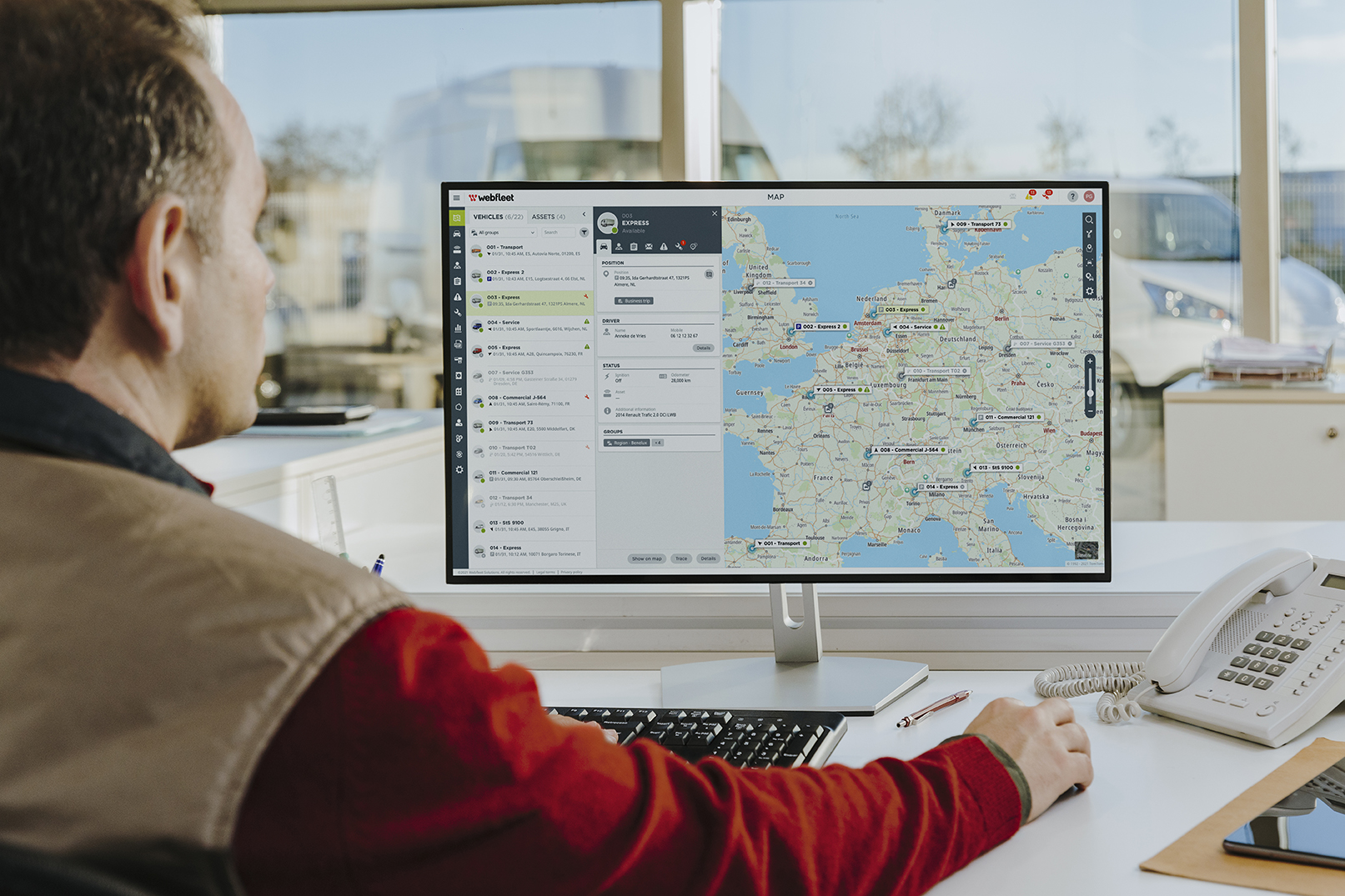Advertisement feature from Webfleet Solutions
Beverley Wise, Regional Director UK & Ireland for Webfleet Solutions, explains how telematics data can unlock the door to sustainable road risk management.
Improving driving standards has long been recognised as one of the most effective ways of managing road risk, cutting fuel spend, maintenance costs and motor insurance premiums.
Long-term behavioural change, however, calls for establishing road safety as an integral part of an organisations’ DNA, rather than simply serving as a tick-box exercise.
One-off, or ad hoc, driver training sessions may result in short-term improvements behind the wheel, but for a sustained uplift in standards, coaching should be prolonged and tailored to meet individual driver requirements.
Fleet intelligence holds the key to achieving this.
Risk profiling underpinned 
Data can be regarded as the foundation stone for sustained road risk management programmes, enabling the creation of accurate risk profiles – both for entire fleets and individual drivers. This can allow managers to identify the root causes of unsafe practice and track improvements over time.
Data can range from the number of penalty points accrued by drivers, obtained via electronic licence checks, to detailed information on driver behaviour provided by telematics technology.
Advanced fleet management solutions, such as WEBFLEET, for example will score drivers based on key performance factors including speeding, harsh steering and braking. Integrated camera systems, meanwhile, can provide further opportunities to enhance safety and expand fleet visibility.
Access to such information will enable businesses to take the pulse of current driving standards and pinpoint where problems exist, set performance benchmarks and establish targets for improvement.
Moreover, such insights will allow performance improvements to be monitored on an ongoing basis – by both the driver and the business.
A spirit of collaboration

Meaningful employee engagement that keeps employees motivated, however, is needed to achieve lasting change.
By adopting a collaborative approach, consulting staff from the get-go and encouraging two-way dialogue on driver behaviour initiatives and the use of telematics technology, employee buy-in and engagement can be facilitated and a sense of professional pride fostered.
Fleet management technology can come into its own here, putting drivers at the heart of behaviour improvement by feeding live performance information back to their sat nav devices and enabling them to make changes in real time.
To support this technology, consideration should be given to the introduction of gamification and incentive schemes to encourage drivers to meet higher standards. These may take the form of financial bonuses, gifts or personal development rewards for drivers that finish top of performance league tables.
What’s more, if employees truly understand that everyone prospers from adopting safer, more fuel-efficient driving styles, and this message is communicated consistently, they are much more likely to keep safety and efficiency front of mind.
Intelligence for effective maintenance
Telematics can also underpin processes that ensure vehicle safety checks are regular conducted and effectively recorded and that ensure maintenance and service schedules are suitably regulated.
WEBFLEET’s vehicle maintenance planning tools, for example, enable fleets to make use of real measured mileage to plan maintenance intervals. At-a-glance reports can be generated offering maintenance overviews, which allow managers to keep tabs on everything from service intervals to MOTs.
While the ne plus ultra approach for fleets must always be safety first, only by deploying technology that generates such actionable data can fleets lay the foundations for best practice road safety strategies.
For more information:
Phone: 020 3666 1125
Email: uk.business@webfleet.com
Website: https://www.webfleet.com/













Login to comment
Comments
No comments have been made yet.